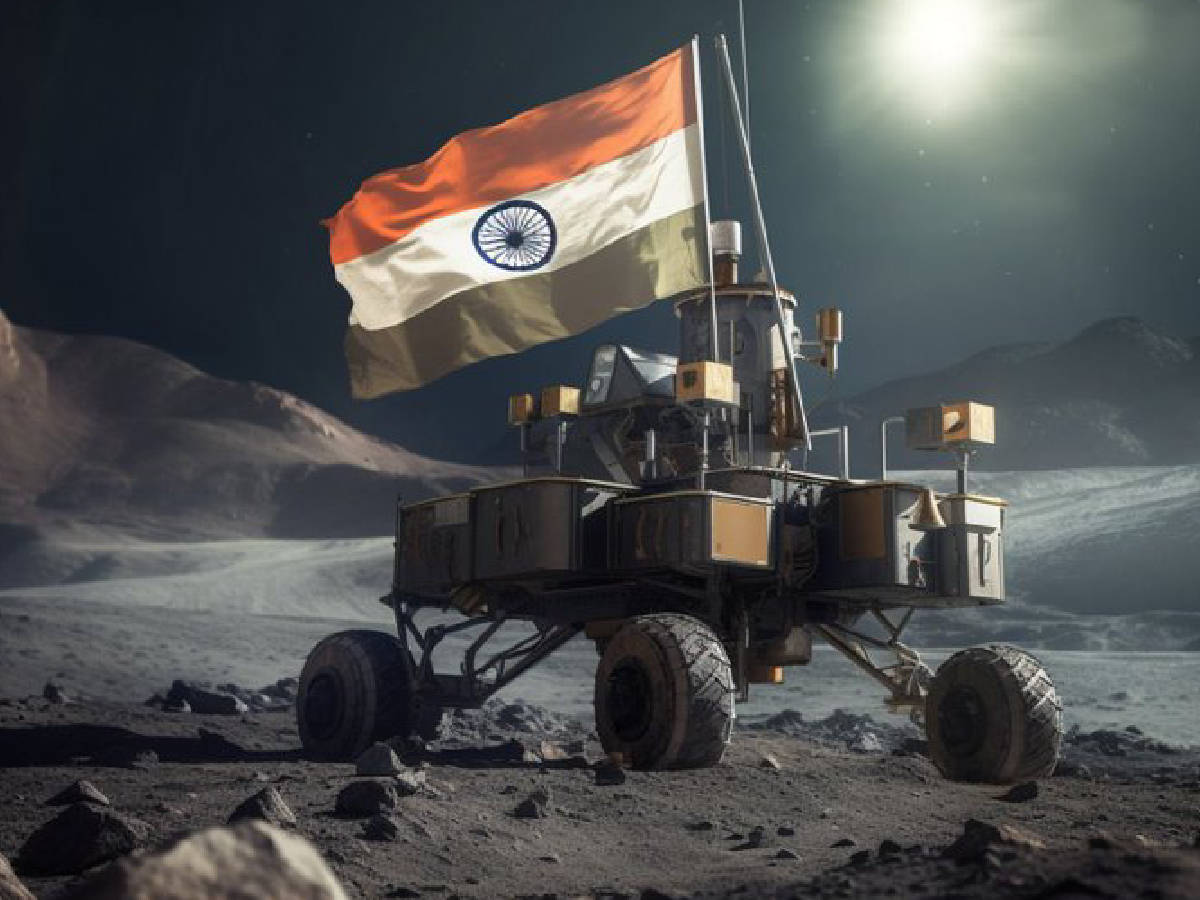
The Indian Space Research Organisation (ISRO), which is now basking in the success of the Chandrayaan-3 mission that landed on the moon’s South Pole, has embarked on as many as 93 launch missions.
These missions were launched from August 1979 to July 2023 and witnessed high success rates. According to data of these 93 missions, only eight were unsuccessful.
Meanwhile, there were as many as 124 spacecraft missions, which include the much-celebrated Chandrayaan-3 mission, and 15 student satellites. Further, ISRO launched 431 foreign satellites from countries such as Germany, Republic of Korea, Canada, Japan, Israel, Denmark, Belgium, Czech Republic and Singapore.
Data analyzed by Dataful, a portal that collates data, shows that in 18 of the 93 launch missions, the launcher type was the geosynchronous satellite launch vehicle (GSLV), which is a three-stage launcher with strap-on motors. With payloads primarily being the Indian National Satellite System (INSAT), used for telecommunications and weather analysis, the GSLV series of launch vehicles can deliver payloads between 2,500 kg and 6,000 kg.
An example, of what the GSLV achieved is the GSLV-F12/NVS-01 mission that placed the NVS-01 satellite, which, according to ISRO, “is the first in the second-generation navigation satellite series that will ensure the continuity of legacy NavIC services and also provide new service in the L1 band, in a geosynchronous transfer orbit.” The others include 2019’s GSLV-Mk III – M1 / Chandrayaan-2 Mission, GSLV-F08/GSAT-6A Mission, and GSLV-D1 / GSAT-1.
Similarly, 57 missions were launched by means of the Polar Satellite Launch Vehicle (PSLV) series of vehicles. The PSLV is the third generation of launch vehicles in India. ISRO termed the PSLV the “versatile workhorse” of launch vehicles after the first successful launch in October 1994. The PSLV also launched Chandrayaan-1 in 2008.
Two small satellite launch vehicles, the SSLV, were launched, once in September 2022, and later in February 2023. The SSLV has the capability to carry single or multiple nano, micro, and mini satellites.
Single satellites weighing up to 500 kg or multiple satellites ranging from 10 kg to 300 kg.



